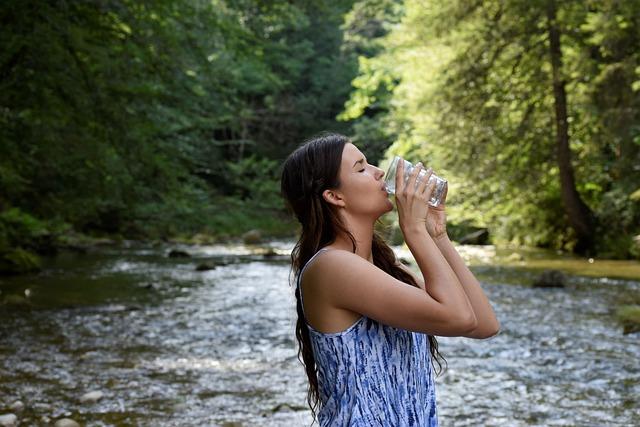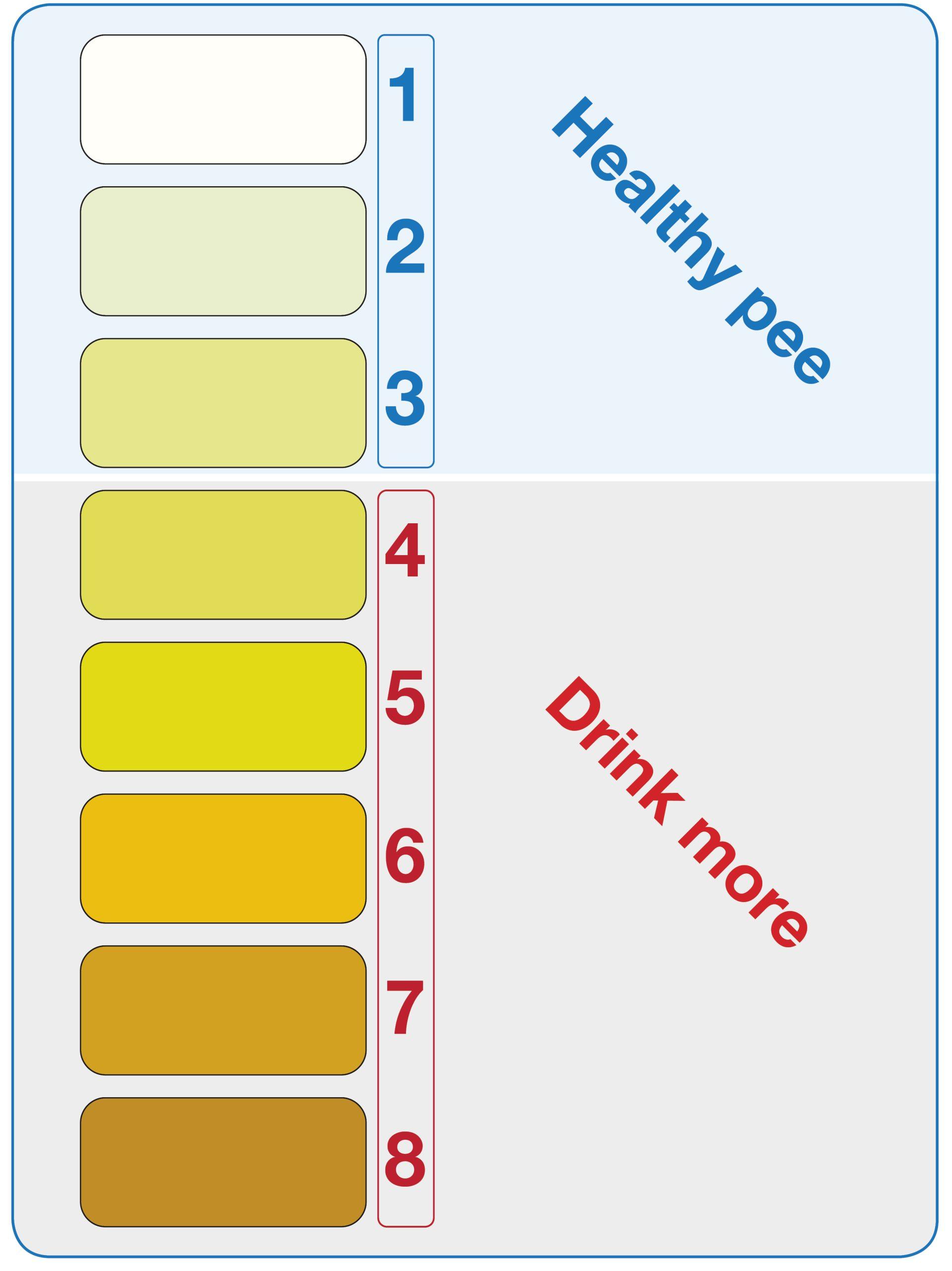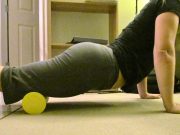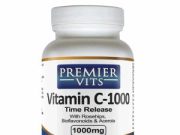As we gracefully navigate the journey of aging, our bodies undergo a myriad of changes, each demanding thoughtful attention and care. Among these, maintaining proper hydration emerges as a crucial yet often overlooked aspect of health. Dehydration can exacerbate age-related challenges, affecting everything from cognitive function to physical vitality. Understanding the unique hydration needs of aging adults is essential to promoting well-being and enhancing quality of life. In this article, we will explore the best hydration tips tailored specifically for older adults, offering empathetic guidance to help you or your loved ones stay refreshed, energized, and healthy. Whether you’re an aging adult or a caregiver, these insights aim to empower you with the knowledge needed to prioritize hydration effectively and compassionately.
Understanding the Unique Hydration Needs of Aging Adults
As we age, our body’s ability to conserve water diminishes, and the sensation of thirst becomes less acute. This can lead to dehydration, a common issue among older adults. Recognizing the signs of dehydration and understanding how to maintain optimal hydration is crucial for health and well-being.
Here are some essential tips to ensure adequate fluid intake:
- Set a Schedule: Encourage regular fluid intake by setting specific times throughout the day to drink water or other hydrating beverages.
- Incorporate Variety: Include a mix of water, herbal teas, and water-rich foods like fruits and vegetables to keep hydration enjoyable.
- Mind the Temperature: Offer beverages at a preferred temperature, as some may find warm drinks more palatable.
| Hydration Tip | Why It Matters |
|---|---|
| Drink Small Amounts Often | Prevents overwhelming the kidneys and encourages steady hydration. |
| Choose Hydrating Foods | Fruits like watermelon and cucumber add variety and extra fluids. |
By paying attention to these strategies and being mindful of hydration needs, older adults can significantly enhance their health and quality of life.

Simple Strategies to Encourage Regular Water Intake
As we age, maintaining adequate hydration becomes crucial for overall health. To help you or your loved ones stay on track, here are some easy and effective ways to incorporate more water into daily routines:
- Set Daily Goals: Establishing a daily water intake goal can provide motivation. Use a simple tracking app or a journal to monitor progress.
- Flavor It Up: Adding a slice of lemon, cucumber, or a few berries can make water more appealing without adding sugar or calories.
- Keep Water Accessible: Place water bottles in frequently visited areas of the home to serve as a visual reminder to drink.
- Drink with Meals: Make it a habit to drink a glass of water with every meal. This not only aids digestion but also ensures regular hydration.
- Use Reminders: Set alarms or notifications on your phone to remind you to take a sip every hour.
For those who enjoy a structured approach, here’s a simple daily hydration schedule:
| Time | Activity | Water Intake |
|---|---|---|
| 7:00 AM | Morning Wake-Up | 1 Glass |
| 10:00 AM | Mid-Morning Break | 1 Glass |
| 12:30 PM | Lunch | 1 Glass |
| 3:00 PM | Afternoon Snack | 1 Glass |
| 6:00 PM | Dinner | 1 Glass |
| 8:30 PM | Evening Wind-Down | 1 Glass |
Incorporating Hydrating Foods into Daily Meals
Staying hydrated is crucial for maintaining good health, especially as we age. One effective way to boost hydration is by incorporating foods with high water content into daily meals. These foods not only contribute to fluid intake but also offer essential nutrients and are easy on the digestive system.
- Cucumbers: With about 95% water content, cucumbers are an excellent choice for hydration. Add them to salads or enjoy them as a refreshing snack with a sprinkle of salt and lemon.
- Watermelon: This juicy fruit is not only hydrating but also rich in vitamins A and C. Consider having a few slices for dessert or blending them into a smoothie.
- Leafy Greens: Vegetables like lettuce, spinach, and kale have high water content and are packed with fiber and nutrients. Use them as a base for salads or incorporate them into sandwiches.
- Tomatoes: Whether in salads, sandwiches, or sauces, tomatoes add a burst of flavor and hydration, thanks to their 94% water content.
To easily incorporate these hydrating foods into your meals, consider the following simple meal ideas:
| Meal | Incorporated Hydrating Foods |
|---|---|
| Breakfast | Smoothie with watermelon and spinach |
| Lunch | Salad with cucumbers, tomatoes, and leafy greens |
| Dinner | Grilled chicken with a side of tomato and cucumber salsa |

Monitoring Hydration Levels for Optimal Health
As we age, maintaining proper hydration becomes increasingly important for our overall health and well-being. Monitoring your hydration levels can help prevent a myriad of health issues, from cognitive decline to joint discomfort. Here are some practical tips to ensure you’re staying well-hydrated:
- Keep a Water Journal: Track your daily water intake to identify patterns and ensure you’re meeting your hydration goals.
- Use a Hydration App: Leverage technology by using apps that remind you to drink water and log your intake.
- Check Urine Color: A simple yet effective method to gauge hydration. Aim for a light, straw-like color.
In addition to these methods, consider integrating hydrating foods into your diet. Fruits and vegetables like cucumbers, oranges, and watermelons can significantly contribute to your daily water intake. To help you plan your hydration strategy, here’s a quick reference table:
| Hydrating Food | Water Content (%) |
|---|---|
| Cucumber | 95% |
| Watermelon | 92% |
| Oranges | 86% |








































